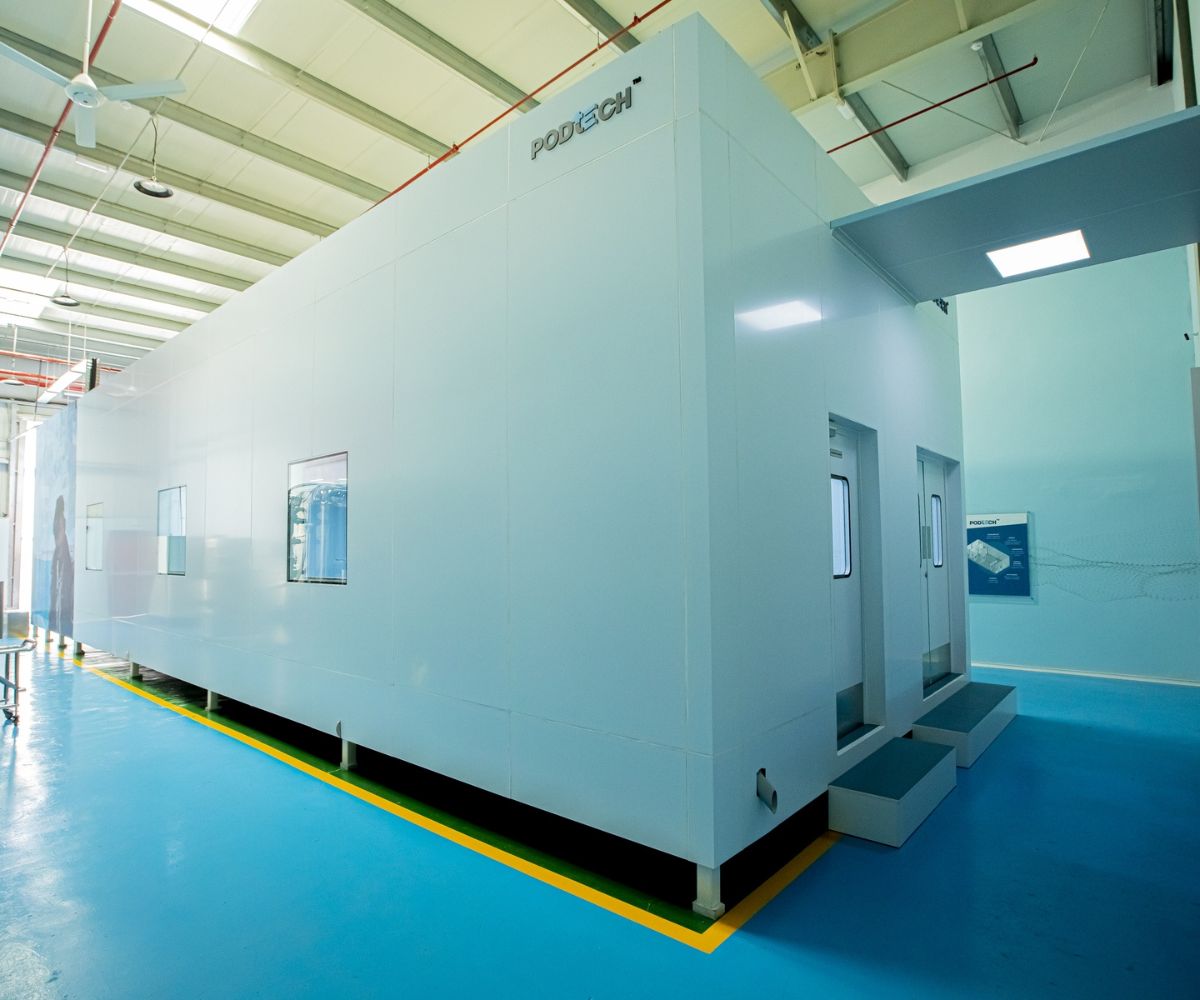In the fast-paced world of technology and innovation, maintaining stringent cleanliness standards is paramount, especially in industries such as pharmaceuticals, biotechnology, electronics, and aerospace. Cleanrooms, highly controlled environments designed to minimize contamination, have long been the backbone of these industries. However, the traditional static cleanroom model poses several challenges, including high construction costs, limited flexibility, and difficulty in adapting to evolving production needs. Enter mobile cleanrooms – a disruptive solution poised to revolutionize cleanroom technology.
The Evolution of Cleanrooms
Cleanrooms have evolved significantly since their inception in the mid-20th century. Originally developed by the aerospace industry to safeguard sensitive equipment from particulate contamination, cleanrooms quickly found applications across diverse sectors. These sterile environments are meticulously designed to regulate temperature, humidity, air pressure, and particle levels, ensuring optimal conditions for sensitive manufacturing processes.
Challenges with Traditional Cleanrooms
While traditional cleanrooms have been effective, they come with inherent limitations. The construction of static cleanrooms is a costly and time-consuming endeavour, often requiring extensive planning and architectural modifications. Once built, these facilities lack flexibility, making it challenging to accommodate changes in production demands or technological advancements. Additionally, maintaining and upgrading static cleanrooms can be cumbersome, leading to downtime and disruptions in manufacturing operations.
Introducing Mobile Cleanrooms
Mobile cleanrooms offer a dynamic solution to the shortcomings of traditional cleanroom infrastructure. These portable, self-contained units are equipped with state-of-the-art filtration systems, HVAC (heating, ventilation, and air conditioning) systems, and monitoring equipment, allowing for the creation of controlled environments virtually anywhere. From pharmaceutical compounding to semiconductor fabrication, mobile cleanrooms provide a flexible and cost-effective alternative to static facilities.
Key Features and Benefits
1. Flexibility
Mobile cleanrooms can be deployed quickly and easily, enabling companies to establish cleanroom environments on-site or at remote locations. Whether for temporary projects, field operations, or emergency response scenarios, mobile cleanrooms offer unparalleled flexibility.
2. Cost-Effectiveness
Compared to traditional cleanrooms, mobile units require significantly lower upfront investment. Their modular design allows for scalability, meaning companies can expand or downsize their cleanroom operations according to their needs without incurring hefty construction costs.
3. Customization
Mobile cleanrooms can be tailored to meet specific requirements, whether it’s maintaining ultra-low particle counts, controlling temperature and humidity levels, or accommodating specialized equipment. This customization ensures optimal performance for a wide range of applications.
4. Mobility
The ability to transport cleanroom facilities to different locations opens up new possibilities for industries such as healthcare, disaster relief, and scientific research. Mobile cleanrooms can be deployed in remote or underserved areas, bringing critical manufacturing capabilities closer to where they are needed most.
5. Regulatory Compliance
Despite their mobility, mobile cleanrooms adhere to the same rigorous regulatory standards as traditional facilities. Whether complying with ISO cleanroom classifications or FDA guidelines for pharmaceutical manufacturing, these units ensure compliance with industry regulations.
Applications Across Industries
The versatility of mobile cleanrooms makes them suitable for various industries and applications:
1. Pharmaceuticals and Biotechnology
Mobile cleanrooms are ideal for sterile compounding, aseptic processing, and vaccine manufacturing, providing pharmaceutical companies with the flexibility to produce critical medications wherever they are needed.
2. Electronics and Semiconductor Manufacturing
In the semiconductor industry, where even microscopic contaminants can cause defects in electronic components, mobile cleanrooms offer a portable solution for chip fabrication, assembly, and testing.
3. Healthcare and Hospitals
Mobile cleanrooms can be deployed in hospitals and healthcare facilities to support sterile procedures, infection control, and emergency response efforts, particularly in disaster relief scenarios or during outbreaks of infectious diseases.
4. Aerospace and Defense
For aerospace applications such as satellite assembly, spacecraft testing, and military operations, mobile cleanrooms ensure the integrity of sensitive equipment and components in remote or challenging environments.
Future Outlook
As technology continues to advance and industries become increasingly reliant on cleanroom technology, the demand for mobile cleanrooms is expected to rise. Innovations in materials, filtration systems, and automation will further enhance the capabilities and efficiency of these portable facilities. Moreover, the integration of IoT (Internet of Things) technology and real-time monitoring systems will enable remote management and optimization of mobile cleanroom operations, driving productivity and quality assurance.
Read Also: Revolutionizing Veterinary Medicine: The Cleanroom Approach to Vaccine Production
Conclusion
Mobile cleanrooms represent a paradigm shift in cleanroom technology, offering unprecedented flexibility, cost-effectiveness, and customization. By breaking free from the constraints of traditional static facilities, mobile cleanrooms empower industries to adapt to changing market dynamics, accelerate innovation, and maintain the highest standards of cleanliness and quality. As the global demand for cleanroom solutions continues to grow, mobile cleanrooms are poised to play a pivotal role in shaping the future of manufacturing and scientific research.

